On the morning of November 28, in Oc Eo commune, An Giang province, the Oc Eo Cultural Relics Management Board held a ceremony to announce two National Treasures of Oc Eo culture recognized by the Prime Minister, including: Linh Son Bac Buddha statue head, dating from the 1st to 3rd century and Go Cay Tram jar tomb, dating from the 4th to 5th century.
The Linh Son Bac Buddha head statue was discovered during the excavation at Linh Son Bac relic site in the Oc Eo-Ba The relic site. The Buddha head statue was found in a cultural layer with a rich accumulation of ceramic relics, tiles, oil lamps, worship statues, steles... associated with layers of religious architecture spanning from the 1st-2nd century to the 9th-12th century.
The artifact is a terracotta Buddha head statue, depicting the Buddha with a five-headed Naga snake arch spreading behind him to form a canopy above his head, a typical symbol in Indian-influenced Buddhist art.
The Go Cay Tram jar tomb was discovered during the excavation from December 26, 2018 to January 22, 2019, in 4 excavation pits, with a total area of 85 square meters.
At excavation pit number 2, the Go Cay Tram tomb relic was discovered lying directly on a flat surface.
The coffin is a ceramic jar placed upside down in the middle of the grave, the mouth of the jar has a disc-shaped lid, a hook rim, covering the inside of the jar. Inside is a layer of fine, porous, dark gray soil. The remains collected include the jaw bone with teeth, eye socket bones... determined to be of a child, about 7-8 years old.
Based on the characteristics of the material, shape and manufacturing technique, it can be determined that the ceramic jar and lid of the Go Cay Tram tomb belong to the early Oc Eo period (1st-3rd century AD).
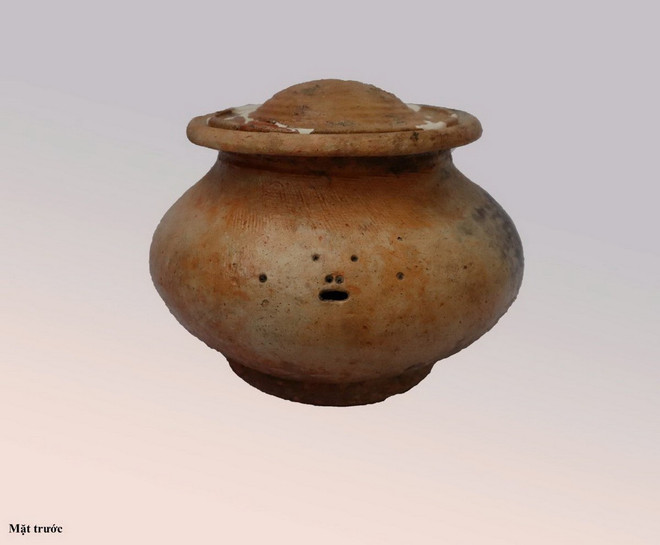
Mr. Nguyen Van Nhien, Director of the Oc Eo Cultural Relics Management Board, emphasized that the recognition of two National Treasures of Oc Eo culture by the Prime Minister is an event of special significance, affirming the great value of the Oc Eo-Ba The Heritage, highlighting the historical and cultural depth of An Giang land, contributing to enhancing the position and image of the locality in the flow of national culture, opening a new journey towards bringing Oc Eo heritage to the world .
Oc Eo culture is a brilliant archaeological culture, formed and developed from the 1st to the 7th century AD, associated with the kingdom of Phu Nam, one of the largest ancient states in Southeast Asia at that time.
Oc Eo culture was identified in 1944 through excavations by French scholar Louis Malleret in Oc Eo field. This culture has left behind a rich, unique and especially valuable system of relics and artifacts.
The Oc Eo-Ba The relic site, in Oc Eo commune, An Giang province, has an area of over 433 hectares, including area A (Ba The mountain) and area B (Oc Eo field) and is continuing to be expanded according to the request of the World Heritage Council.
The relic site is densely concentrated with architectural, religious, residential and handicraft production sites, reflecting the brilliant development of an ancient civilization.
Oc Eo culture not only exists independently with its own beliefs and identity but also shows a strong cultural exchange between East and West through the international port system, contributing to enriching the cultural map of Vietnam.
The remaining vestiges from temples, stone artifacts, gold, ceramics, glass, and steles are vivid evidence of the desire for creativity, trade, and integration of the ancient residents of the South.
In 2012, the Prime Minister decided to rank the Oc Eo-Ba The relic site as a special national relic.
In 2021, the Government approved the Plan for the conservation, restoration and comprehensive rehabilitation of the relic site. By 2022, UNESCO will include the relic site in the Tentative List of World Cultural Heritage, marking an important step forward for Oc Eo-Ba The to gradually integrate into the international community.
The province is coordinating with domestic and foreign scientific agencies to actively complete the dossier, with the goal of striving to register it as a World Cultural Heritage by 2027./.
Source: https://www.vietnamplus.vn/dau-tuong-phat-linh-son-bac-va-mo-vo-go-cay-tram-la-bao-vat-quoc-gia-post1079833.vnp








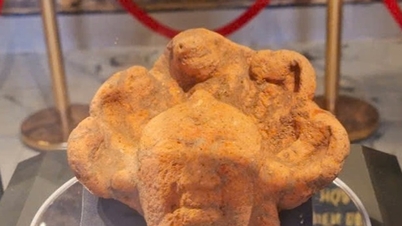








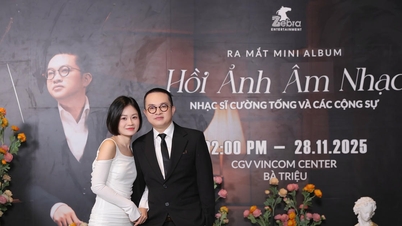

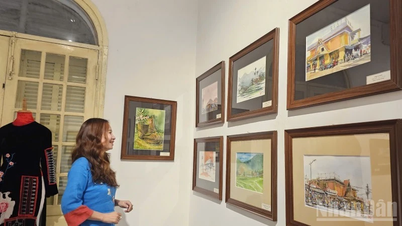

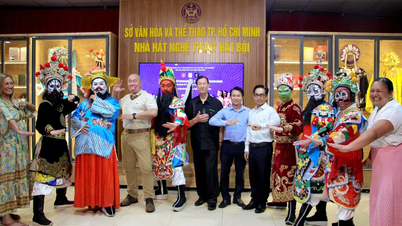












































































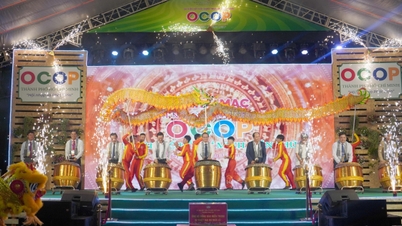











Comment (0)